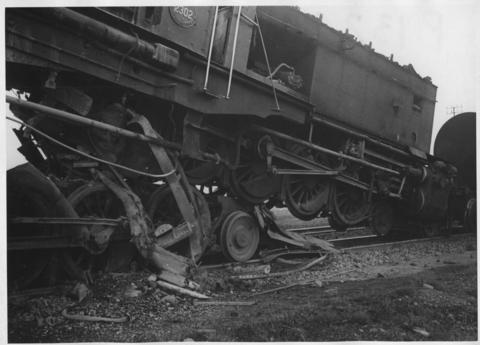

Here are the different instances in screenwriting where you’ll need to write a slug line in your script.
#Script slugline in a car how to
The perfect movie synopsis: How to write a synopsis that sells What is a slug line used for? This line of lead was known as the “Slug line” and this is where it originated from. Later on when they used Linotype machines which turned molten lead into letters, lines sentences etc. This was when printers were set to type by hand in a form called a “stick”. Yeah, why is it called a slug line? Simply put, the origin comes from back in the day where we used “hot-metal printing”. You may also be interested in reading What is a film treatment and how do I create one? Why is it called a slug line? We will look at this in a lot more detail down below, where we will explore how to write them. These are primarily used to draw the attention of the reader to a specific bit of information that sets the scene for them.

Or, subheadings – These are written mid-scene and are used in a variety of ways.For master scene heading – These are used to show whether or not the scene occurs indoors (INT.) or outdoors (EXT.), the physical location of the scene and the time of day.The slug line stands out as it is written in all capitals and will draw attention to the reader immediately. You’ll be writing slug lines that capture your reader’s attention in no time, let’s check it out! What is a slug line?Ī slug line is essential to help the reader understand straight away where the action occurs. for an exterior shot, setting up your screenplay for success is all in the formatting.In this article, we explore what a slug line is, perfect examples of slug lines and much more. The possibilities are truly endless for your scripts, but it always starts with your first scene heading. Or, better yet, learn how to end or finish your script! Now that you know how to start your script, your next job is to write compelling and exciting action and dialogue. With consistent scene headings across all scripts, that effort becomes thoughtless. Think of it this way: the person who reads your script will be able to lose themselves in the story faster and more naturally if they know where they are and what’s going on from the get-go. How can you use formatting to your advantage, as a tool to help tell your story? Use this screenwriting language as a key to unlock the visual potential of your idea. In fact, the solidity of formatting like this should increase your creativity. It shouldn’t curb your creativity in the slightest. Industry-standard formatting allows for clarity and consistency no matter your role, perspective, or level of experience.

As screenwriters, if we all wrote our scripts differently, others would waste huge amounts of time trying to understand and navigate what we’ve written. Your script is the first document of any production, a detailed creative blueprint of precisely how the project is going to look on screen. Film and television are collaborative industries with directors, producers, editors, costume designers, sound engineers, and countless other executives and crew members all sharing the same document. There is a very good reason for all of these writing rules. instead of the fully-written INTERIOR whenever you’re introducing a scene that takes place inside. Screenwriting is about concise descriptions and preservation of page space, so simply use the abbreviation INT. stands for INTERIOR, and dictates whether the camera is placed in the INTERIOR of an environment, be it a house, car, coffee shop, or hospital, to capture a scene. That said, those most crucial piece of information to understand up-front is whether or not the camera is situated inside or outside. This sets the proverbial stage for the reader or viewer. Now, back to INT! The very first piece of formatting you need to get right is the scene heading, or “slugline.” The scene heading titles the scene and consists of several components that tell the reader where they are and when. Learn and practice them as you go. Before you know it, they’ll be thoughtless extensions of your scriptwriting process. This allows you to focus on the story itself rather than having to constantly navigate to a different margin.Įven with the help of seamless automation, you still need to be aware of the conventions and requirements of the screenplay.
#Script slugline in a car software
Using screenwriting software with built-in formatting also makes a world of difference. Although the myriad of script rules may seem overwhelming at first, once you’ve learned the language, grammar, and vocabulary of scriptwriting, formatting will become second nature. No matter how groundbreaking your story, if the formatting isn’t correct, your script will be dead on arrival.


 0 kommentar(er)
0 kommentar(er)
